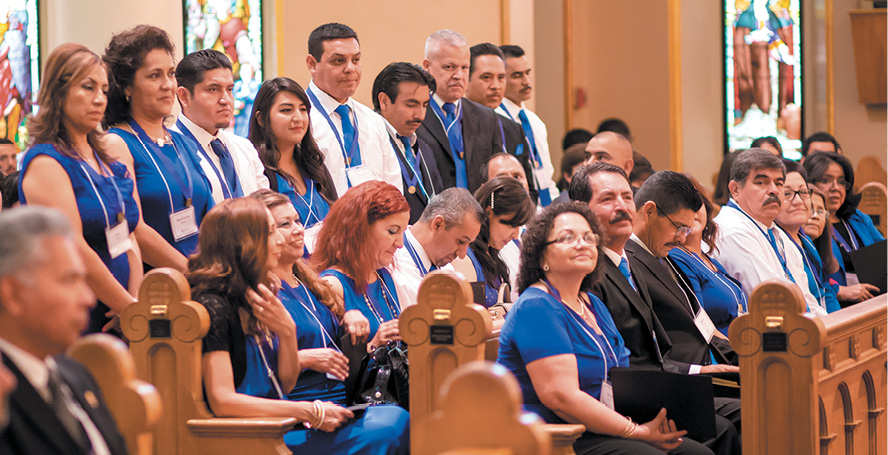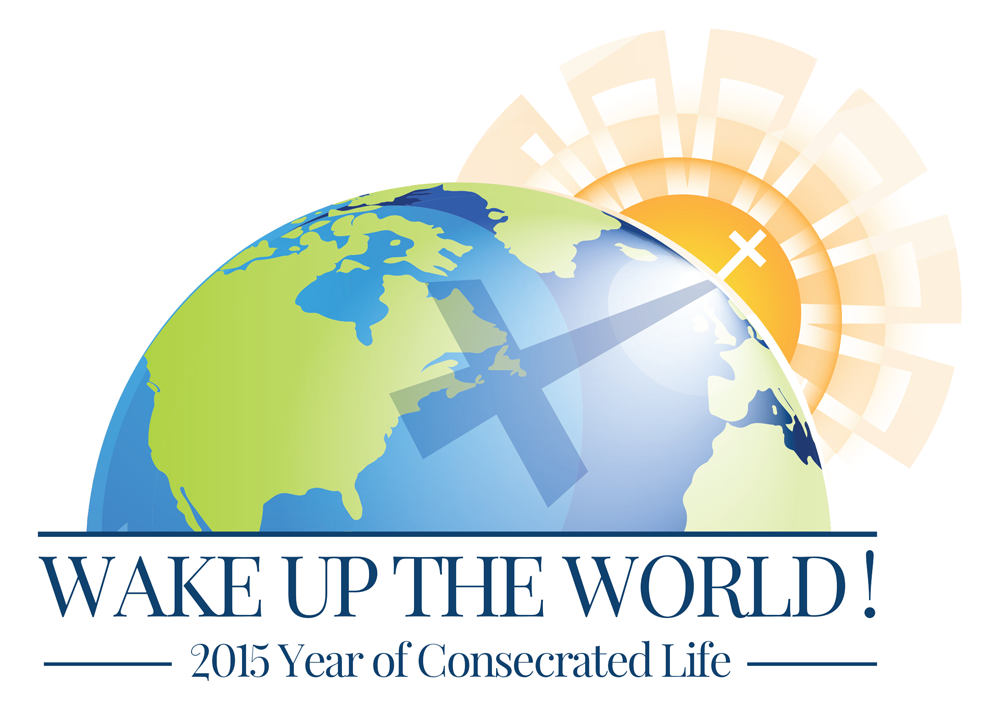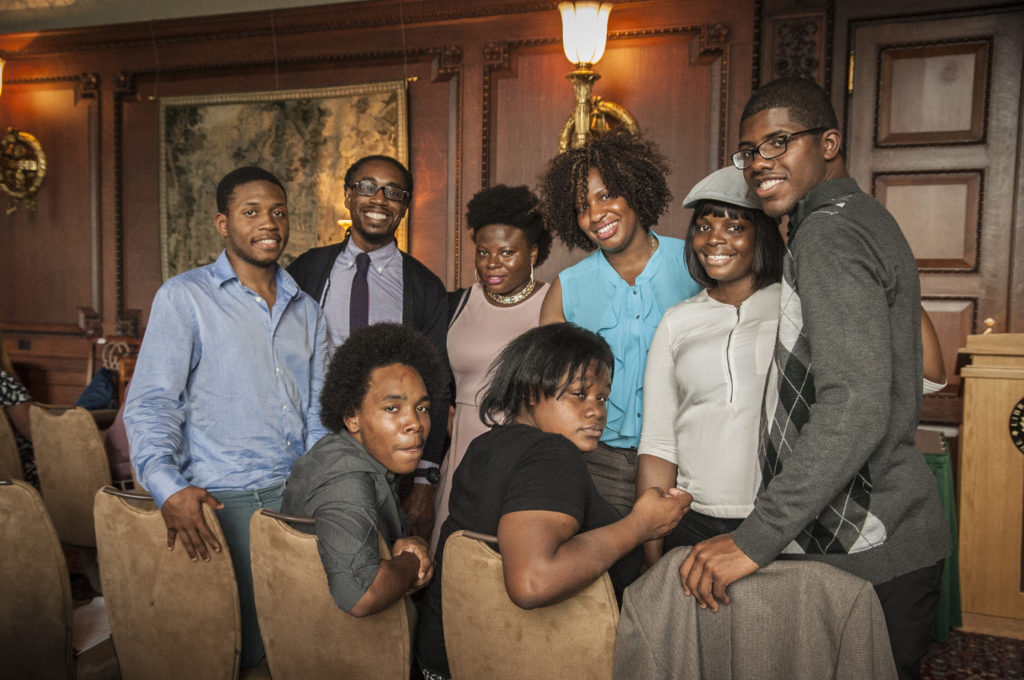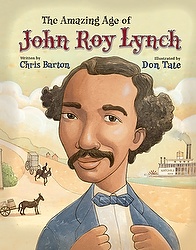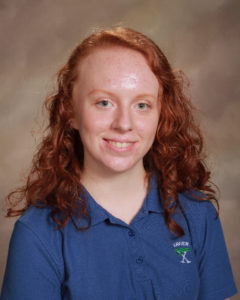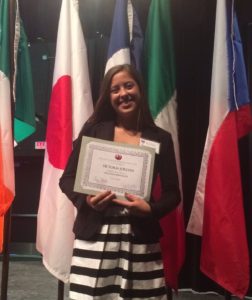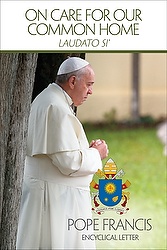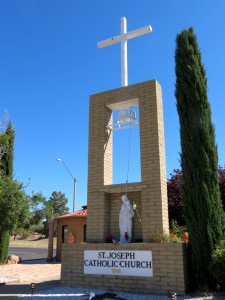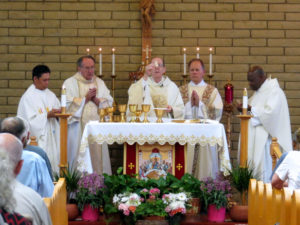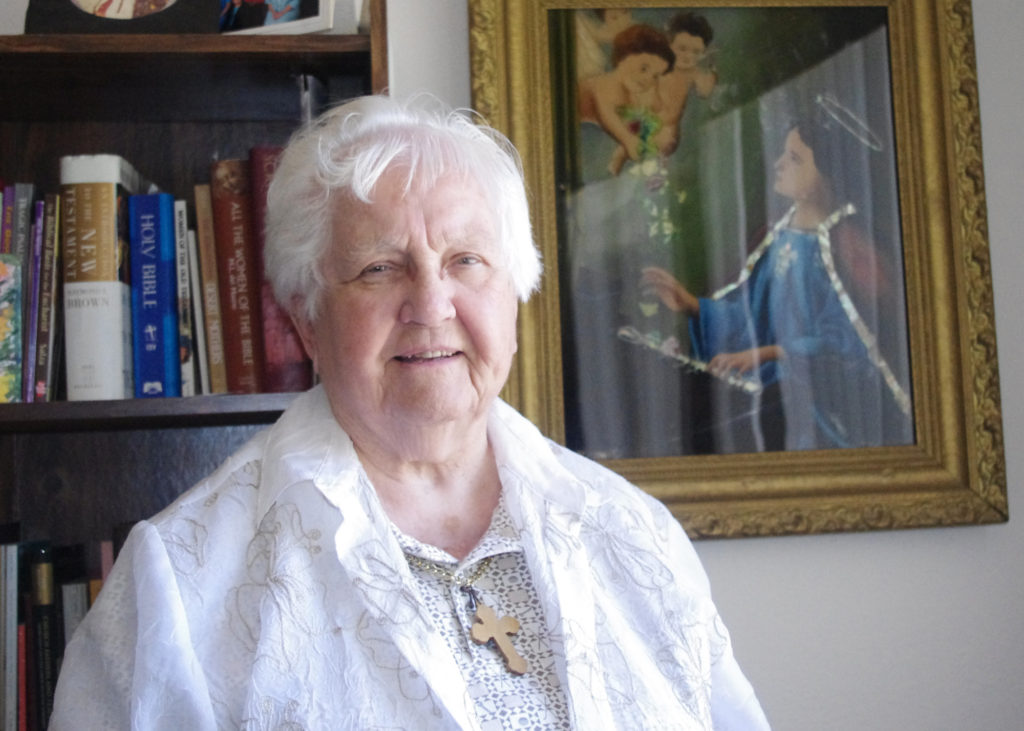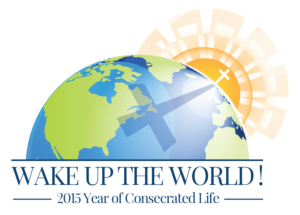Catholics around Arizona and the nation have been called to observe the period from June 21 through the Fourth of July as the Fortnight for Freedom to celebrate and pray to protect religious freedoms.
The Fortnight’s focus this year is the “freedom to bear witness” to the truth of the Gospel. The Fortnight was originally conceived as a prayerful response to the 2012 HHS mandate that required employer-covered insurance to include contraception, which violated the rights of Catholic institutions as well as businesses owned by Catholics.
[quote_box_right]
Fortnight for Freedom in the Diocese of Phoenix
Bishop Thomas J. Olmsted invites the faithful to pray for religious freedom on the following days:
Sunday, June 21: 12th Sunday of Ordinary Time
Bishop Olmsted will celebrate Mass at 9 a.m. at Ss. Simon and Jude Cathedral, 6351 N. 27th Ave., Phoenix. Also livestreamed online.
Monday, June 22: Feast of St. Thomas More
Bishop Olmsted will celebrate Mass at Noon at St. Mary’s Basilica, 231 N. 3rd St., Phoenix.
Wednesday, June 24: Feast of the Nativity of John the Baptist
Sunday, June 28: 13th Sunday of Ordinary Time
Monday, June 29: Feast of Ss. Peter and Paul
Saturday, July 4: Independence Day
Bishop Nevares will celebrate Mass at 8:30 a.m. at Ss. Simon and Jude Cathedral, followed by the Rosary for Religious Freedom.
[/quote_box_right]
The Fortnight is celebrated at a time when the liturgical calendar celebrates great martyrs who kept the faith in the face of political persecution, including Ss. Thomas More, John Fisher, John the Baptist and the Church’s first martyrs, Peter and Paul.
“Religious freedom is not only that of private thought or worship,” said Pope Francis in an address to participants at a conference on international religious freedom and the global clash of values in June 2014. “It is the liberty to live, both privately and publicly, according to the ethical principles resulting from found truth.”
Religious freedom directly affects the Church’s ability to operate in the public arena, said Ron Johnson, executive director of the Arizona Catholic Conference, which represents the five bishops of Arizona.
Specifically, “This pertains directly to our charities.” Catholic Charities has been forced out of business with regard to adoption and foster care in such places as San Francisco, Illinois and Boston because the Church will not violate tenets of faith in placing children with same-sex couples, Johnson said.
“That puts the Church in a terrible position because serving the poor and vulnerable is part of our faith,” Johnson said.
Maureen Adams, president of the Phoenix chapter of Legatus, an organization of Catholic business leaders, said that the underlying premise of the Fortnight for Freedom is to “pray and fight as soldiers of Christ to retain one of the greatest benefits upon which our nation was founded…the free exercise of religion.
“Religious liberty is under attack. We have to call to action all believers. Our insidious enemy is religious intolerance of the present day.”
Dr. Billy Chavira, who has an OB GYN practice in the Valley, agreed.
“Having some involvement in the democratic process in our country is important, but the most important thing all of us can do as Catholics and Christians is to pray. … We can pray and come together as a people for the protection of our religious freedoms and the protections of our consciences.”
As an employer of 10, Chavira wasn’t obligated to provide insurance under the HHS mandate. But just to ensure he wasn’t participating in providing contraceptive services, he allowed his employees to purchase health insurance on their own while raising their salaries “so we were not being unjust to them.”
Johnson said that religious freedom is just as important today as it’s always been.
“Our country was founded on the notion of religious freedom. That’s why it’s part of the very First Amendment of our Constitution,” he said. “The sad thing is we’re seeing the public opinion eroding on this to some extent. We’re seeing public policy being taken in a direction that does not respect religious freedom.”
That said, people of faith have seen one great victory since the first Fortnight: the Supreme Court’s 2014 Hobby Lobby decision that allowed closely held private businesses to stay out of the HHS mandate.
Because of this ruling, similar lawsuits brought by the Little Sisters of the Poor and the University of Notre Dame, among other Catholic institutions, figure to be winners as well, Johnson said.
“The logic would seem to hold that if it applies to private businesses that it would apply to these nonprofit organizations as well,” Johnson said. “I am optimistic. But those cases are still in progress.”
— By Mike Tulumello, The Catholic Sun.



